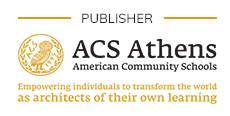ISJ November 2018: A reality check – What it means when a Chinese school embraces international education
10,00€
Richard Mast
Abstract
Chinese private schools are seeking to introduce international curriculum into their schools to assist students to prepare to study overseas. The schools can purchase the curriculum and hire foreign teachers. The experience in China shows that there are multiple cultural issues that impact the ability of the schools to deliver the curriculum. This process is full of assumptions that need to be articulated and addressed if the schools are to succeed in this endeavour. A cultural blending is needed and this is being encouraged by the Chinese government in the form of the latest version of the Chinese National Curriculum. For Chinese schools the challenges are still significant because the journey for the teachers is complex and dominated by history and cultural perspectives. Unless there is a blending of approaches, with each culture learning from the other for the sake of the students, the ability of students to gain benefits will be limited. What those benefits are, are to be defined by Chinese people, not the westerners who provide the international curriculum.
Chinese private schools have identified a niche market for their parents. These schools are actively seeking to offer an international curriculum within the framework of the educational system of China. The schools present themselves as being bilingual or seek to offer an international curriculum while at the same time meeting the legal requirements for compulsory education. The international curriculum that is appearing in China represents the full range of western educational sources. The dominant curricula are the suite of IB offerings, A-Levels from the UK and AP courses from the USA.
There is a balancing act that needs to be understood because these schools are hiring foreign teachers and administrators and applying to international organisations to gain access to their curriculum. Parents are paying big money. The students are expected to succeed. The schools are expected to deliver service and success. In simple terms, this looks like a winning formula. Easy to market, easy to make financial gain. So, what could be wrong with this picture? The problem is that this is a structural response to a situation that is based upon a set of assumptions that need to be recognised.



